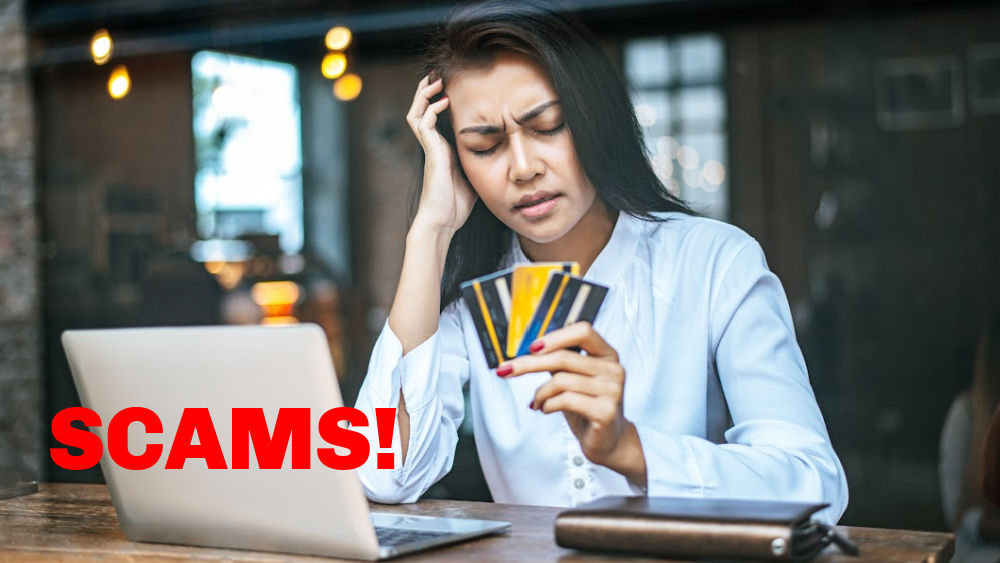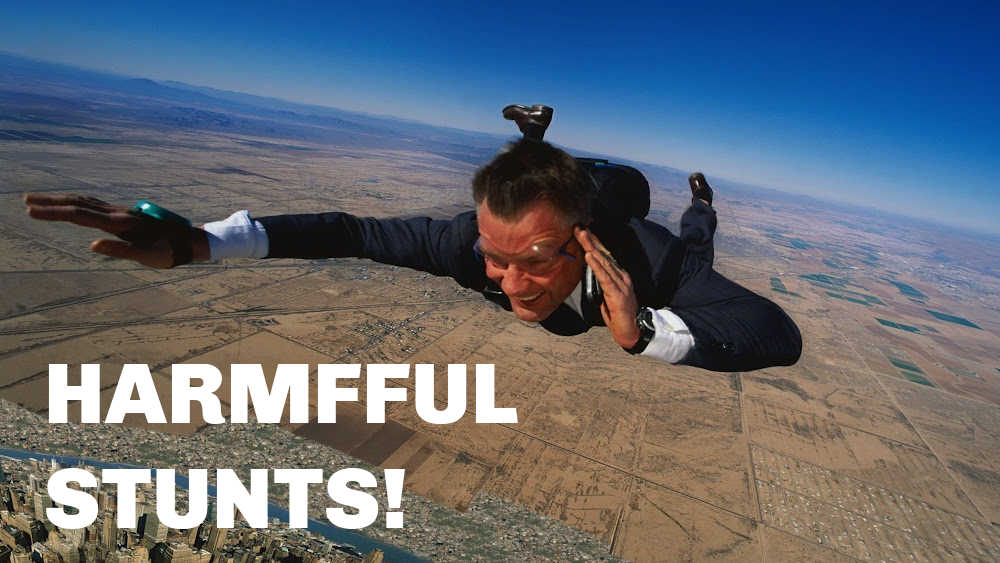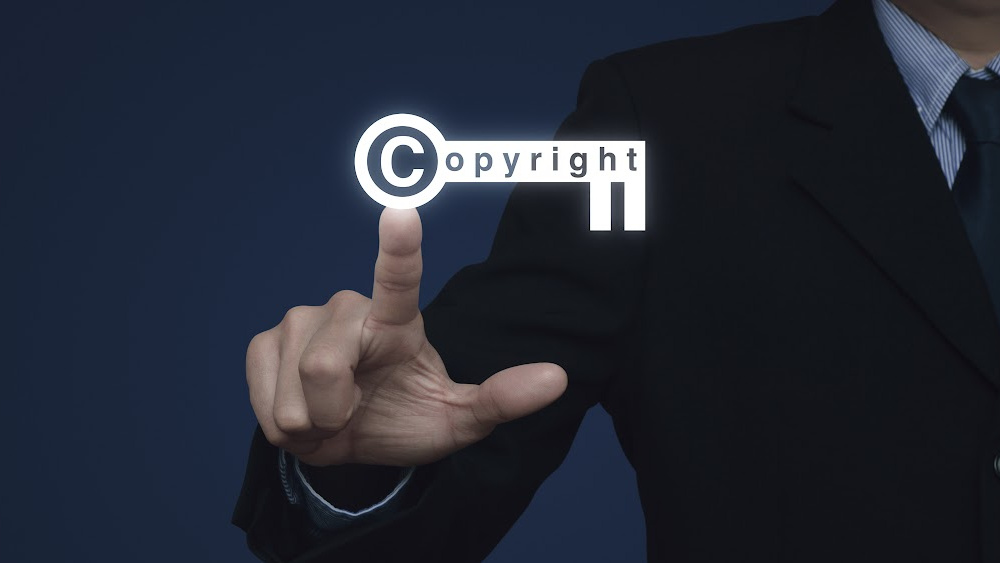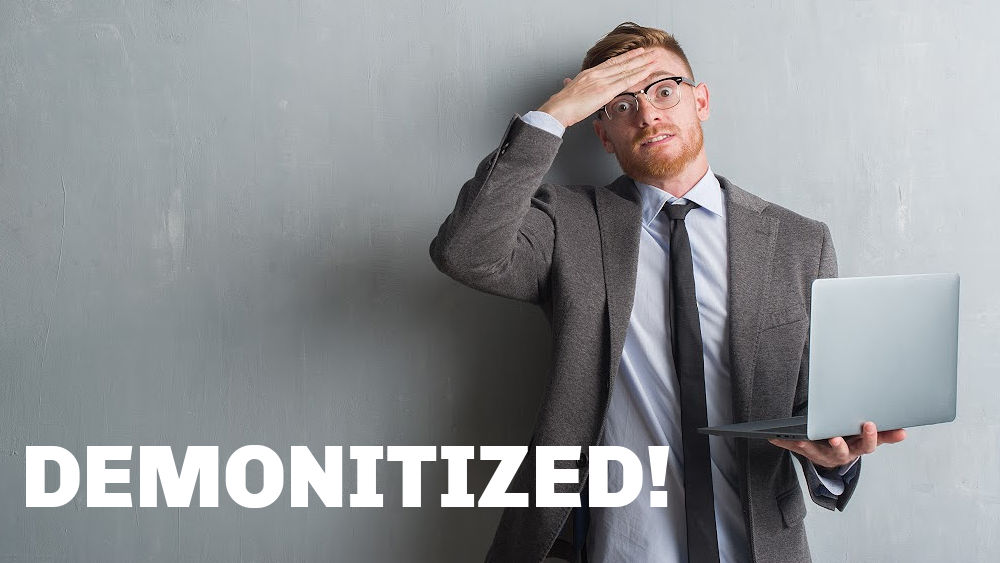Demonetization on Youtube has been a source of contention between content providers and YouTube for quite some time. Demonetization is the process by which content providers are denied the ability to include paid advertisements in their YouTube videos. The result of this is that the content creator becomes unable to earn revenue and their earnings from the video-hosting site get decreased.
Why Does Demonetization Happen?
As part of YouTube’s Partner Program, there are a few community norms and advertiser regulations that YouTubers must adhere to in order to be considered for participation in the programme. These guidelines and policies are used to assess eligibility for the programme. While some content creators claim that YouTube’s monetization policy is imperfect in terms of enforcement, you can’t actually do anything about it even if this is true. The best option you have is that you must adhere to the community norms, terms and conditions of service and copyright policy, Google AdSense programme policy, Youtube monetization policy, and commercial guidelines in order to be allowed to monetize your channel.
In spite of the fact that following these standards appears to be a surefire means of retaining your rights to monetization, YouTube can nevertheless limit or withdraw monetization from individual videos on a case-by-case basis. YouTube’s algorithm, which determines if your videos are ad-friendly and examine your material to determine whether it is in compliance with YouTube guidelines, has the ability to remove your videos from the YouTube Account Monetization programme, either temporarily or permanently.
Also read: How to Reach 1,000 Subs?
Main Reason:
All this happens because YouTube’s advertisers require them to upgrade the algorithm on a frequent basis in order to maintain the brand image of those who advertise on the site. The algorithm is always being modified. After all, no company wants to be associated with things such as hateful speech, pornography, crime films, terrorist propaganda, or extremist political ideologies, to name a few examples. At the end of the day, YouTube wants to develop an algorithm that is fair towards its advertisers while still providing them with high-quality protection.
Let’s understand the youtube guidelines in detail and how you can save yourself from getting demonetized.
1. Spam, fraudulent tactics, and scams

These are some of the most common types of violations listed in the standards. Overall, it is directed at those who upload content to disseminate disinformation and exploit the YouTube community. This category contains anything from basic “get rich quick” schemes to spam comments and everything in between, all the way up to election suppression and the spread of hacked materials and materials. It’s critical to be familiar with all that it touches on in this document.
2. Sexual content and nudity
A total prohibition on any nudity or anything that is intended to be sexually pleasurable, such as pornography, has been imposed on YouTube as of 2013. If you publish this type of content, you face the danger of not only being demonetized but also having your content deleted or your channel being shut down completely. Some fetish-based content is permitted, but it may be subject to age restrictions, which would have a significant impact on your ability to sell your video on YouTube.
3. Child safety
YouTube is concerned about the well-being of its whole community, and it places a high priority on the protection of children. It does not allow for the publication of anything that endangers the mental and physical well-being of minors. Specifically, this includes content that shows kids being hurt, sexualized, bullied, or pressured. Content that is judged erroneous or misleading for families is also included in this category.
4. Harmful or dangerous content

Containing graphic images of bodily injury, or content that is believed to have been prepared with the intent of inciting risky behaviour is considered harmful or dangerous content. It includes content involving risky challenges or pranks, content pertaining to eating disorders, content that celebrates and encourages violent tragedies, and instructional content that is intended to assist individuals in engaging in criminal acts.
5. Hate speech
This is defined as content that is published with the intent of inciting violence or hatred towards a person or a group based on a number of specified criteria, such as race, religion, ethnicity, disability, colour, sexual orientation, and so on.
6. Harassment and cyberbullying
As with hate speech, this category includes harassment and cyberbullying, but it focuses on a person rather than the whole group of people. Its purpose is to deter people from posting or uploading anything that targets a single individual over a lengthy period of time or in a particularly cruel manner, among other things. Nonetheless, discussions staged performances, and instructional content is exempt from this rule.
7. Copyright protected content

If your video contains any content that is copyright protected and you don’t have a proper license for it, then your video stands a big chance of getting demonetized. This may include images, videos, music and or any other assets that you use in your video.
Final words
If you don’t want to get demonetized by youtube, then you must make sure that your content does not contain any of the above mentioned elements. Read them in detail and be fully careful while making videos so as to not include any of them even by mistake. Good luck!
